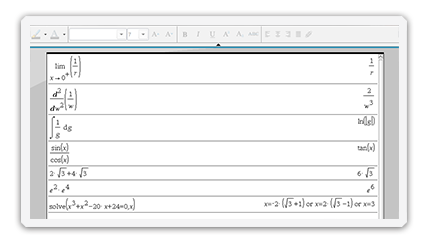
This diagram is heavily simplified, but you’ll notice the lack of any horsepower at all.
#Ti nspire software crack archive#
The z80 is an 8-bit machine, with 16-bit pointers, so although archive was technically memory mapped, it wouldn’t all fit-it was actually paged in to a 16KB “window”: The z80 assembly 2 programming environment was pretty spartan: there was no supervisor or memory protection, so if you had a bug you were probably going to crash the calculator (the dreaded “RAM Cleared” message).
#Ti nspire software crack plus#
The 84 Plus had USB and a redesigned case, but the system was the same. I will use “TI-84 Plus” throughout here because it’s very likely the model you’re familiar with however, it was more often referred to as the TI-83 Plus because they were basically identical. The most popular graphing calculators were of course the TI-83/84 Plus, which every American student for the past decade and a half has probably seen. Needless to say, this is the very definition of a constrained environment.

I’ll take you through some of the highlights of Texas Instruments calculator hacking done over the past two and a half decades, along with an explanation of why these projects are so technically impressive. True to my interests, it’s all deeply embedded, pushing the limits of platforms that were obsolete when they were released. There was in fact a thriving scene of hackers who had bent these calculators to their will, writing games, math software, and more generally hacking on the platform just for the sake of it. You may be surprised to learn that some of these people didn’t exist totally in a vaccuum.

The one who could put games on your graphing calculator. In the mid-to-late 2000s, you either knew, or were, that kid in grade school.


 0 kommentar(er)
0 kommentar(er)
